In many old-growth buckthorn infestations, buckthorn berries have been dropping for years creating a significant seed bank that will germinate like crazy when the buckthorn canopy is removed and sunlight reaches the woodland understory (see NOTE below). Trying to haul … Continue reading
-
Categories
- annual native woodland plant
- Biological control of garlic mustard
- Black knot fungus removal
- Buckthorn Berry Characteristics
- Buckthorn Control
- Buckthorn Control Methods
- Buckthorn Identification
- Buckthorn Leaf Characteristics
- Buckthorn Replacement Plants
- Canada Thistle control
- Common Buckthorn Leaf Characteristics
- Cut-stump buckthorn removal method
- Duff layer
- Garlic Mustard
- Garlic mustard control options
- Garlic Mustard Control seminar
- GARLIC MUSTARD CONTROL WITH SEED PODS PRESENT
- Habitat Restoration
- How to Identify Buckthorn in Your Woodland
- Invasive Species
- MN noxious weed law
- Monarch Butterly
- Mulching
- Native Plant Species
- native species
- Native vines to replace buckthorn removal site
- Native woodland ground covers
- Native Woodland Plants
- Non native invasive plants
- Photos of blooming native MN plants
- Poison Ivy
- Purple loosestrife control
- Rain Garden Plants
- Uncategorized
- Vining species
- Winter Identification of Buckthorn


